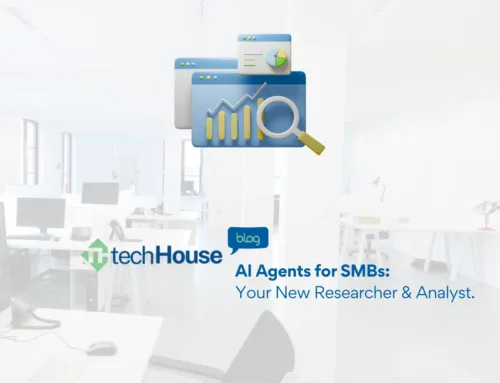Marketing teams adopt AI tools quickly, while accountants often see different results. Some of our clients ask why this happens. Does Copilot lack features for accountants? Do we need special training? How can accountants gain the same productivity benefits seen in other areas?
Why the difference in Copilot Adoption: Marketing vs. Accounting
While 75% of marketers feel confident using AI tools, only 45% of accountants do. Whether creating blog posts, images, flyers, or video scripts, AI helps our marketing clients create content. Marketing professionals are quick to use AI and adapt it to their workflows. They often pick it up right away and see productivity gains almost instantly.
On the other hand, our accountant customers typically find Copilot frustrating. Copilot does not easily create accounting content like month-end reconciliations or year-end board reports. This difference can make it seem like Copilot is better suited for marketing, leaving accountants behind. Is there any benefit to accountants? There is, but it requires a shift in how we think about software.
What does Copilot Do?
Before we can understand how Copilot helps accountants, we need to understand just what it does. Copilot offers four key capabilities that help accountants. As an AI-powered tool, Copilot runs on a neural network, like the human brain. That brain has vast stores of information. When writing, it chooses the next best possible word, like how we think by “connecting the dots” based on the information it has.
1) Copilot understands language and generates text. It can understand written requests and “prompts” and respond narratively. In AI terms, this is a power of large language models (LLM) and GPT (Generative Pre-Trained Transformers).
2) Copilot can enhance data analysis by visualizing data trends. It can parse information, whether numbers, words, or images, and categorize them. For example, it can highlight the top 10 customers in a table of invoice details.
3) Copilot can free up valuable time so you can focus on strategic decision-making. Copilot’s foundational model, OpenAI, has absorbed information digitized online over the past 40 years. You can ask for accounting principles, IRS information, or even a template of a standard month-end report. Rather than running 10, 20, or more search engine requests with various answers, you can converse with Copilot and develop an understanding of the topic.
4) Copilot can automate repetitive tasks like generating complex formulas or replicating budget baselines. Rather than spending hours tweaking complex Excel formulas, you can quickly understand your organization’s data.
The transition from Excel to Copilot in Excel
In the past, Excel courses focused on features and formulas. How do you use the navigation bar? What does each button do, and why?
This approach doesn’t work when expanding Excel with Copilot. Copilot is more like having someone next to you who, though fallible, helps you problem-solve through collaboration. You can ask questions about your work, and it can help you learn how to solve an issue.
In marketing, Copilot helps create a largely completed draft of a blog, proposal, or similar. Each of these deliverables is word-based. Although there are word-based deliverables in accounting and finance, accountants and finance staff live in tools like Excel. Rather than creating text, Copilot can help you solve problems and gain insights. Also, it can help you create steps more quickly. Copilot in Excel means you are no longer limited by the number of formulas you know or whether you can do pivot tables.
Copilot’s Excel Superpower: Streamlining Workflows
Two key best practices when using Copilot in Excel:
1) Format your information in a table. Pivot tables are not available for Copilot to analyze at the time. Ensure all columns are labeled so that Copilot can understand your question.
2) In general, Copilot processes input in 2 dimensions and 1 step at a time unless there is an if statement.
Benefits
- Automation: Rather than needing to know all the formulas and features of Excel, ask Copilot to add a column or prepare a table with sample data.
- Summarization: Copilot turns complex data into simple summaries. For example, add a customer sales total column to an invoice detail table with one click.
- Data Analysis: Spot trends quickly and make informed choices. Ask Copilot to use conditional formatting to highlight the top 10 customers or the top 3 products. You can apply and un-apply as you work through scenarios.
AI and the Path Forward.
Using AI tools like Copilot in Excel offers accountants a great chance to improve efficiency. As the business world changes, accountants must adapt and thrive. With the proper training and support, AI can be a powerful tool to get there.
To close the technology gap, accountants need the support of a culture that values learning. Offering targeted training can help accountants feel more at ease with AI tools. When they see their peers using these technologies successfully, it can boost their confidence and encourage them to engage. Need help figuring out how to get started? Contact us for innovative hands-on training, workshops, and practical rollout plans for your team.





